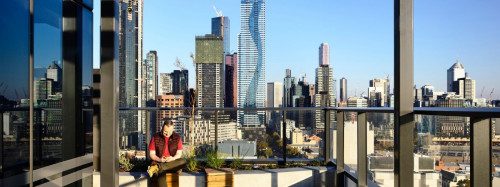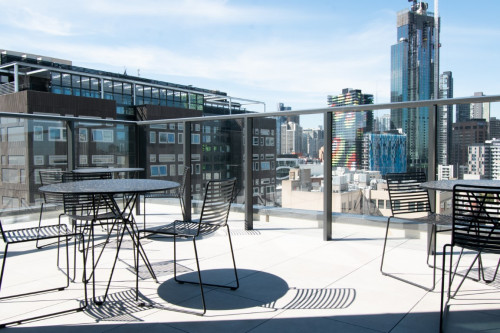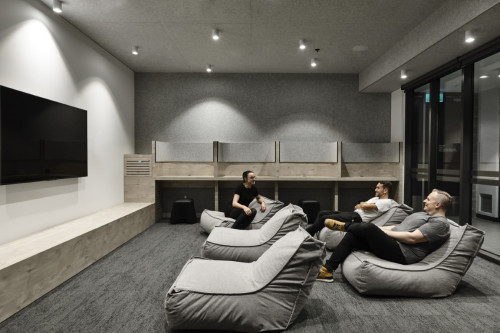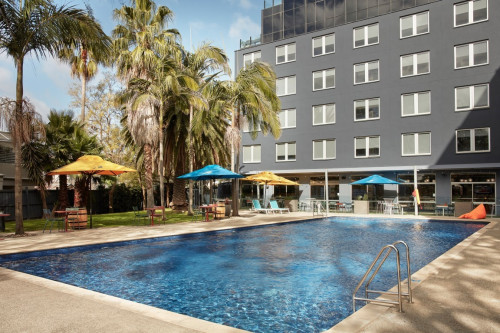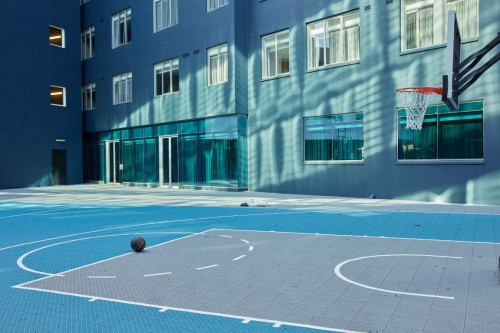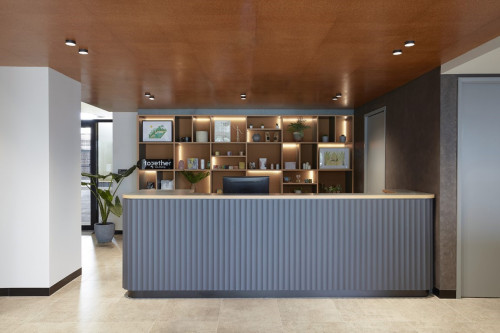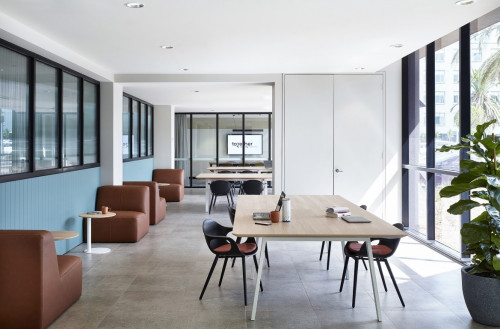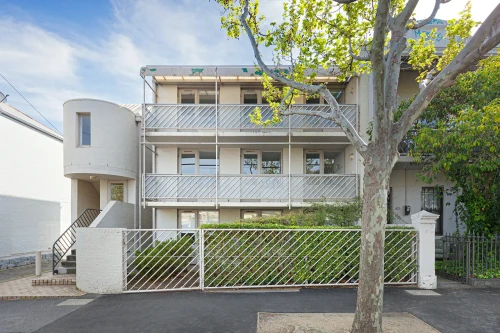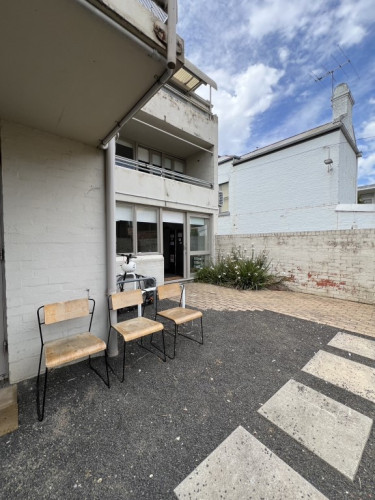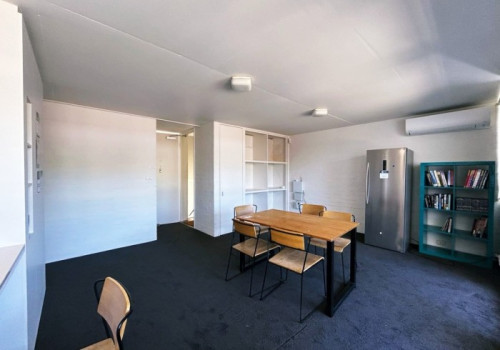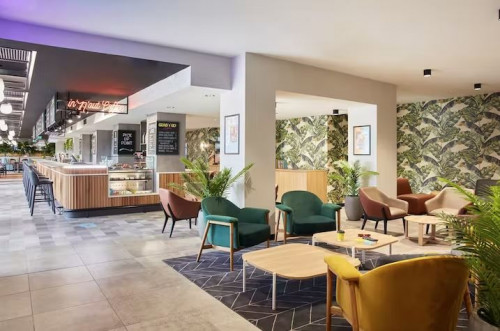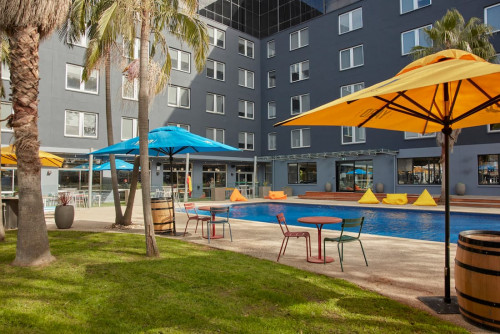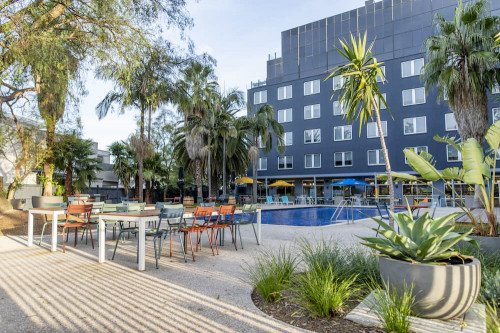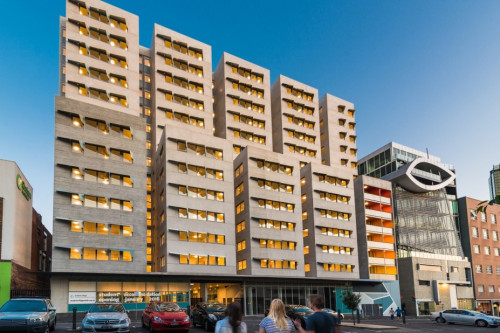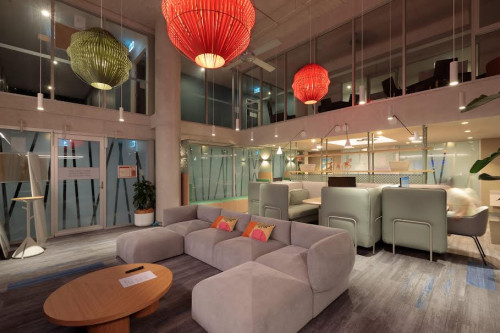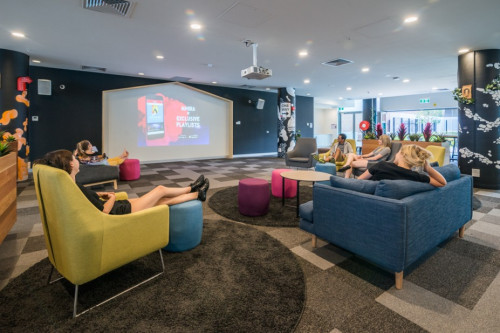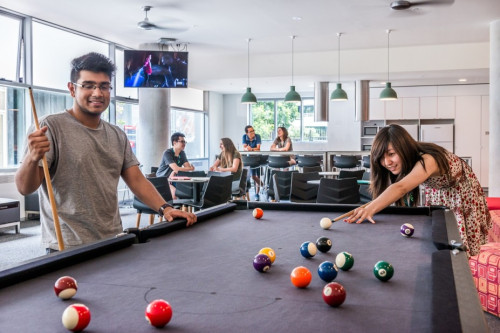Student Accommodation in Melbourne
If you’re interested in finding student accommodation in Melbourne, it’s easy to find the perfect accommodation for your needs at Casita. Student accommodation in Australia in Melbourne is plentiful and provides you with enough choices that you will always find something that suits your living needs. These accommodation options are near the best universities in Melbourne, including the University of Melbourne, RMIT University, La Trobe University, and Monash University - Parkville Campus. Due to the presence of these universities and numerous other major factors, Melbourne is a popular destination for students from around the world and Australia.
About Melbourne
With approximately 45% of its student population being international students, Melbourne is one of the top international student destinations in Australia.
Melbourne offers high-quality higher education for students looking to further their college life through institutions such as the University of Melbourne, RMIT University, La Trobe University, and Monash University - Parkville Campus.
Popular Student Accommodation Areas in Melbourne
Popular areas in Melbourne among modern university students include Carlton, Brunswick, and Parkville. When you’re searching for the perfect student accommodation in Melbourne, consider its location in proximity to your university of choice, the transportation options, the cost, and the provided amenities.
Carlton:
Carlton is a well-known student area in Melbourne. Purpose-built student accommodation at Carlton generally costs between AUD 250 - AUD 799 per week.
Carlton is ideal for students of the University of Melbourne.
Distance from Uni: Walkable to the University of Melbourne.
Accommodation Options in Carlton: Scape Carlton and UniLodge Carlton.
Brunswick:
Brunswick is a popular student destination in Melbourne. Purpose-built student accommodation in Brunswick generally costs between AUD 200 - AUD 700 per week.
Brunswick is an ideal destination for students attending RMIT University.
Distance from Uni: Walkable to RMIT University.
Accommodation Options in Brunswick: UniLodge Melbourne City and Campus Melbourne.
Parkville:
Parkville is one of the most popular student areas in Melbourne. Purpose-built student accommodation in Parkville generally costs between AUD 250 - AUD 800 per week.
Parkville is a popular destination for students attending Monash University - Parkville Campus.
Distance from Uni: Walkable to Monash University - Parkville Campus.
Accommodation Options in Parkville: UniLodge Park Avenue and Ozivillage Swanston.
These areas in Melbourne offer a wide variety of transport options and are conveniently close to universities, amenities, and other essential services, making them ideal destinations for students.
Best Recommended Student Accommodation in Melbourne
Melbourne is a city offering a range of student room options, allowing students to explore different areas in Melbourne near their preferred universities and within their budget.
1) Top-Rated Student Housing in Melbourne Among Students:
2) Cheap and Best Student Accommodation Options with Student-Friendly Budgets in Melbourne:
Melbourne Student Housing near City Centre
Student Living on Flinders (Eight-minute walk)
Student Living on Lonsdale (10-minute walk)
Scape Aurora (12-minute walk)
Unilodge Melbourne CBD (12-minute walk)
Unilodge Melbourne Central (12-minute walk)
Melbourne Central (13-minute walk)
Scape La Trobe (13-minute walk)
Scape Swanston (19-minute walk)
Student Life in Melbourne
Student life in Melbourne is vibrant, diverse, and academically focused. Regularly ranked among the world’s best student cities, Melbourne offers a safe and welcoming environment with top universities, excellent public transport, and a strong multicultural community.
Students can explore the city’s famous laneways, enjoy street art in Hosier Lane, attend performances in the East End Theatre District, or experience major sporting events at the MCG and Rod Laver Arena. Popular areas like Carlton, Brunswick, Fitzroy, and Southbank offer affordable global food, cafés, and lively social spaces.
Melbourne’s cultural attractions, including the National Gallery of Victoria (NGV), Queen Victoria Market, and a year-round festival calendar, add to its appeal. With convenient amenities and countless activities, the city provides a well-rounded, engaging, and supportive student experience.
Why Parents Trust Casita for Student Housing in Melbourne
You can find numerous student houses in Melbourne that cater to all your living needs. But they’re not just comfortable, they’re built on trust, comfort, and ensuring that students are safe and sound during their stay. Among the several reasons and Things Parents Should Know About Casita, here are a few more reasons why parents trust Casita:
Safe & Secure Accommodation
Our student homes in Melbourne are equipped with 24/7 security, CCTV, and secure access, giving both students and parents peace of mind.
Verified & Trusted Properties
We only offer vetted, highly rated student housing in Melbourne, ensuring every home meets our high standards for quality, comfort, and reliability.
Prime Location Near Universities
Our student accommodation is strategically located near top Melbourne universities, city attractions, and essential amenities, making daily life convenient and stress-free.
Dedicated Study Spaces
Many of our properties feature quiet, dedicated study areas, helping students focus and excel in their academic journey.
Communal Areas for Social Life
From lounges to shared kitchens, our student homes encourage socialising and community-building, helping students make lasting friendships.
On-Site Support Teams
Our friendly on-site staff are always available to assist students, providing guidance and support whenever it’s needed.
At Casita, we do more than provide housing. We help students feel safe, comfortable, and at home. Check Casita.com: Expectations vs. Reality for more details.
Transportation in Melbourne
Tram in Melbourne:
Melbourne is famous for having the world’s largest tram network, which makes it an iconic and convenient way to get around the city and inner suburbs.
Free Tram Zone: Travel is free within the CBD and Docklands, which is especially useful for students.
Myki Card: Required for travel outside the Free Tram Zone. Always touch on at the start and touch off at the end of your journey.
Cost and Discounts: Eligible international students can access the International Student Travel Pass (ISTP) for 50% off 90-, 180-, or 365-day Myki passes. Domestic students receive standard concessions, and other passengers pay regular fares.
For schedules, fares, and the Free Tram Zone map, visit the Public Transport Victoria (PTV) website. For a visual representation of the tram network, you can find a Melbourne Tram Network Map.
Trains in Melbourne:
Melbourne’s train network, operated by Metro Trains, links the city centre to suburban areas, including major university campuses outside the CBD.
Main Stations: Flinders Street Station and Southern Cross Station serve as major hubs, providing connections to regional services (V/Line) and the airport (SkyBus).
Myki Card: Required for all train travel.
Cost and Discounts: Eligible students can access concession fares, and international students may use the International Student Travel Pass (ISTP) for discounted Myki passes.
Further Information: For train network maps and timetables, visit the Metro Trains website or the Public Transport Victoria (PTV) website.
Buses in Melbourne:
Complementary Network: Melbourne's bus network complements the train and tram services, providing access to areas not directly covered by rail or tram.
SmartBus Network: The SmartBus system offers high-frequency services on key arterial routes, often operating 24 hours on weekends.
Myki Card: A Myki card is required for all bus travel.
Cost: Concession fares apply for eligible students. International students may benefit from the ISTP for discounted Myki passes.
Further Information: For bus routes and schedules, visit the Public Transport Victoria (PTV) website. You can find metropolitan local area maps on the PTV website.
Cycling in Melbourne:
Melbourne is a bike-friendly city with a growing network of dedicated lanes and shared paths, perfect for commuting or exploring.
Capital City Trail: A 29 km loop connecting inner suburbs, parks, and local attractions.
Ideal For: Commuting, leisurely rides, or discovering Melbourne’s diverse neighbourhoods.
Safety & Rules: Helmets are mandatory in Victoria.
Cost: Bring your own bike or rent from private bike hire services (Melbourne Bike Share ended in 2019).
The City of Melbourne and local cycling groups provide maps, routes, and cycling tips.
Attractions in Melbourne for Students
Museums & Culture
NGV (National Gallery of Victoria): Free exhibitions and international & Australian art.
Melbourne Museum: Natural history, science, and Indigenous culture.
ACMI (Australian Centre for the Moving Image): Interactive film, TV, and digital media experiences.
Parks & Nature
Royal Botanic Gardens: Relax, picnic, and stroll in the city’s green oasis.
Fitzroy & Carlton Gardens: Historic gardens with iconic landmarks like Captain Cook’s Cottage.
St Kilda Beach & Yarra River: Scenic spots for walks, cycling, and waterfront fun.
Entertainment & Leisure
Federation Square & Southbank: Cultural events, art galleries, and restaurants.
Melbourne Laneways: Street art, cafes, and unique shops.
Queen Victoria Market & Sporting Venues: Local markets and world-class sports like cricket, tennis, and AFL.

